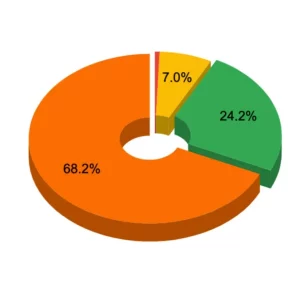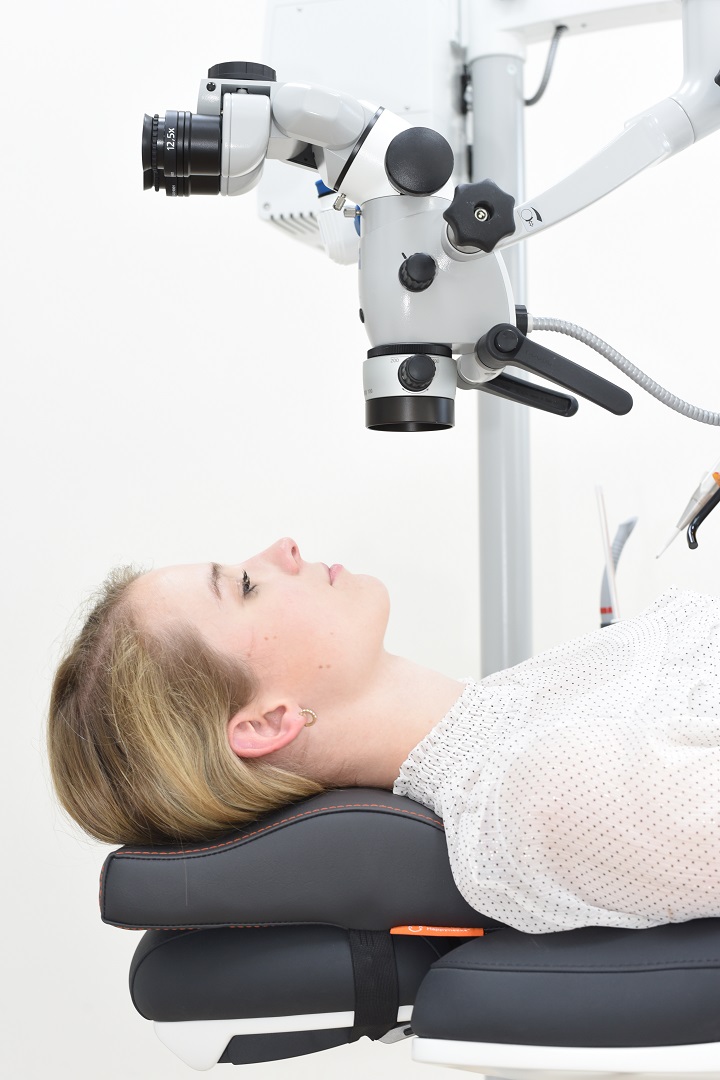There are many challenges facing the modern dentist today. It does not really matter if you are a dentist just beginning your career or a senior practitioner with a network of clinics. These challenges all boil down to a few simple commonalities: we all have to keep our patients happy, and we all have to keep them coming back.
The acquisition of new patients is just as important as keeping them loyal to you. Considering the growing number of dentists and aggressive marketing, it is becoming critical to look beyond your CV and skill set and provide a great service to patients, who are also smart consumers.
If you were the only person in your neighbourhood serving coffee, then you could get away with terrible service, but nowadays, every business offers coffee, above and beyond your local coffee shop. I can get a decent latte when buying sneakers. Therefore, all of the amenities and additional products or services associated with the coffee, such as free Wi-Fi or very comfortable sofas, will also attract clients. If you create a comfortable environment and experience for your patients, it is absolutely certain that they will come back.
As the co-founder of Slow Dentistry, whose four cornerstones focus on patient safety and comfort—room disinfection, informed consent, proper anaesthesia, and dental dams—I have been acutely aware of products that can improve and enhance the patient experience and make life easier for the dentist as well.
Fig. 2: The Happynecks headrest offers complete comfort and relaxation during treatment. (Image: Nurcan Yilmaz-Vukkink)
Behind the Slow Dentistry movement is the simple fact that time is often overlooked when communicating treatment. Most clinics will explain in detail the procedure and the costs but not the length of the treatment. If time is money, then what better way to cut costs than by having faster appointments? For example, consider a dental hygiene appointment that costs US$100 (€95) at Clinic A and US$30 at Clinic B. At face value, they look exactly the same, but in fact, Clinic A takes 1 hour to do the hygiene, whereas Clinic B only takes 20 minutes. This demonstrates the core motivation behind the Slow Dentistry movement: overall quality. You could even argue that slowing down and seeing fewer patients in a day improves the mental health of the dental team and creates a good mood for everyone, as the time between patients is much longer and there is much less stress in the day-to-day activities. It could be argued that you make less money at the end of the day, but I think that we should leave that up to the business managers and practice owners. As dentists who have at their core the Hippocratic oath of “do no harm”, we owe it to our patients to always do the right thing and take the appropriate amount of time to provide care. A few years ago, I created the following formula: EXPERIENCE + MATERIALS + TIME = SUCCESSFUL TREATMENT.
It is easy to understand that a young dentist with less experience should add more time to his or her treatments to have an optimal outcome. A dentist who is working without the appropriate materials should also have either more experience or more time. If you have a great deal of experience and the best materials in the world, then you do not need as much time to achieve an optimal outcome.
With that said, about a year ago, Happynecks, a very cool company set up by Peter van Dijk and Jerry Jansen, came up with one simple proposition: to help start every single treatment with a smile. Peter and Jerry are not dentists. They have a background in marketing and physiotherapy, respectively. They realised that there was a missing link in patient comfort that had everything to do with the ergonomics of neck positioning and thus developed the Happynecks headrest. The Happynecks headrest then compensates for all the different positions. The unique shape supports the connection of the neck and upper back and thus offers maximum comfort and stability (Fig. 1). This improves the patient’s positioning and well-being instantly, leaving the patient more comfortable and relaxed during longer, horizontal treatments (Fig. 2). Make sure to position the chair’s headrest as flat as possible with the backrest.





In a recent international survey of 156 dental professionals, Happynecks discovered that a patient’s posture during dentistry is often far from ideal. Dental treatment is often rushed, sessions taking less than 30 minutes. This partially explains some of the issues with posture that came across in the survey: 92.4% found patients’ comfort during treatment important or very important (Fig. 3). An average chair only fits an estimated 15% of the population. A person’s height can considerably affect the ergonomics of the neck position as well as the ergonomics of the working position (Fig. 4). In 92.4% of cases, the chair’s headrest and seating area need to be adjusted. It is nearly impossible to keep patients happy and relaxed during treatment if you use your chair as is without any additional support or adjustments. During treatment, 82.8% of the practitioners surveyed adjusted the headrest of the chair only when they noticed that the patient was uncomfortable. Only 9.6% adjusted the headrest when a patient requested it (Fig. 5). Note that patients generally do not like to complain about their position during treatment. Eighty-two point eight per cent of the surveyed dental professionals indicated that finding the correct head or neck position during longer treatment is a problem, and found the head or neck position not optimal despite adjusting the headrest (Fig. 5), and 96.2% of the patients surveyed indicated that they would like to have a Happynecks headrest at the next treatment (Fig. 7).
The Happynecks products are handmade sustainably in the Netherlands from the best-quality materials. The products have been embraced by the dental community and are sold in over 40 countries. Key opinion leaders have expressed their appreciation for the product, and they use it in their day-to-day practice.
In the current environment and after more than two years of a pandemic, dentistry has become more challenging than ever, there is so much stress we have to deal with every day, and for our patients as well, coming to the dentist can be even more stressful than before the pandemic. Therefore, it was an amazing time in history for such a simple, affordable product to lighten up our treatment rooms.
Happynecks was immediately adopted by my entire team, and none of us can imagine life without it. Every single patient actually does say that treatment is much more comfortable now than before. That is what it is all about: making dentistry something positive for all.
Moreover, Happynecks has become a sponsor of the Slow Dentistry global network. The company is supporting our foundation by helping us bring on board clinicians who use its headrest, and for that reason, I think it is important that every single clinic in the world has one of these headrests, to improve their patient experience and to make sure that every single treatment starts with a smile.
If you consider how much most clinics spend on digital marketing, then this is a no-brainer, being very low cost and generating an immediate wow factor—the best marketing you can get! This is something that will be useful for a very long time and for a fraction of the cost.
I have always said that what keeps patients coming back is their experience, not just their treatment! What will you do today to improve dentistry for yourself, your team and your patients, to make sure that every single treatment starts with a smile?
Read the original article here: https://www.dental-tribune.com/news/happynecks-headrests-are-the-best-in-terms-of-comfort-to-help-my-patients-and-my-team/










